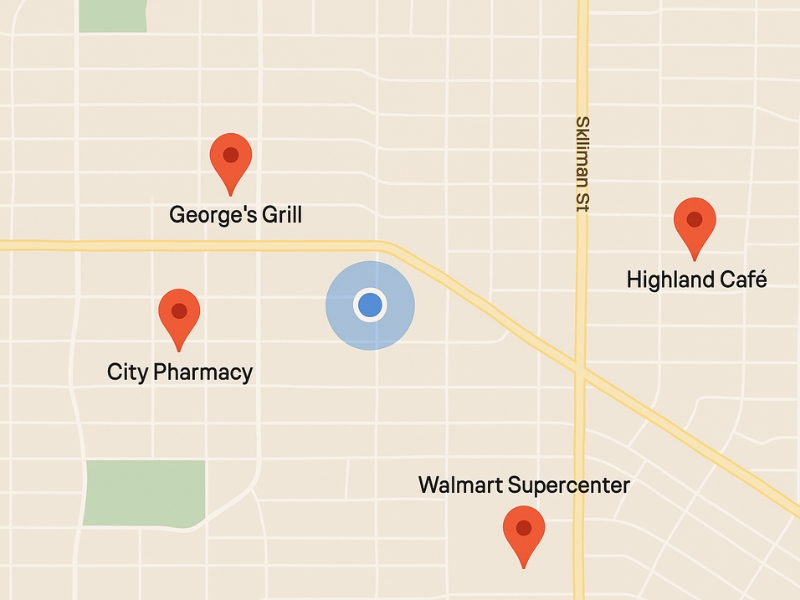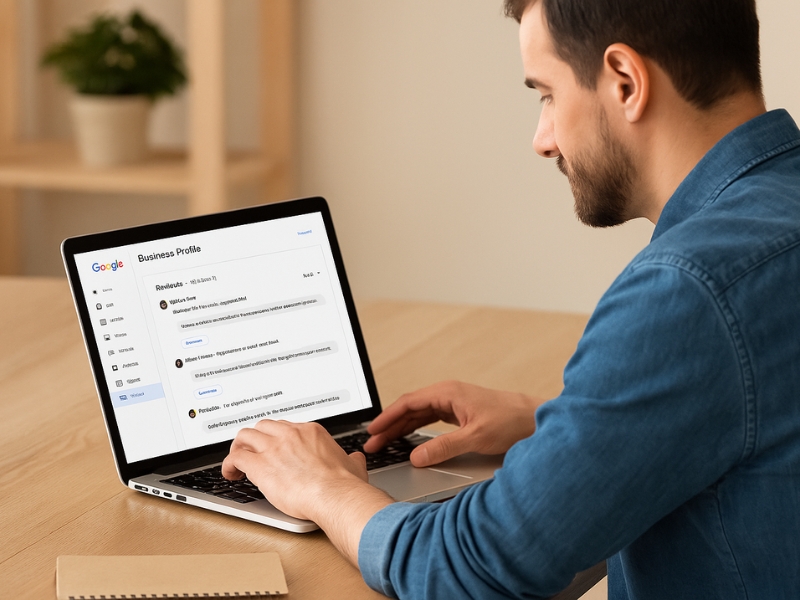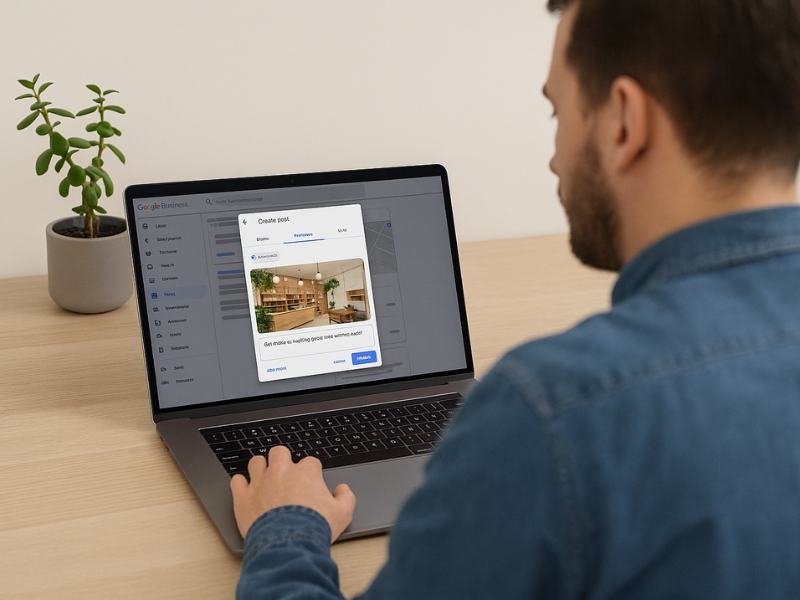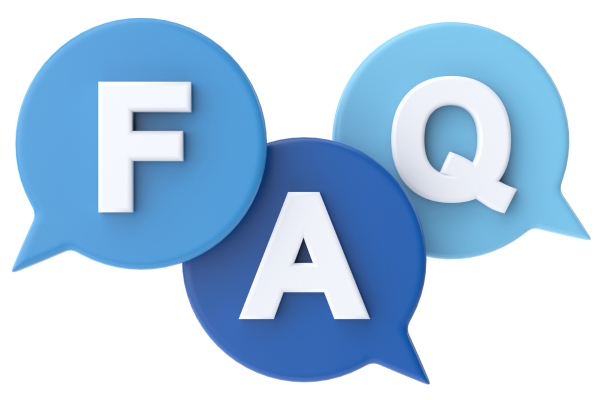Google Business Ranking Factors in 2025 That Matter

Ever searched for a local service and instinctively clicked one of the top results on Google? That’s the power of Google Business Profiles (formerly Google My Business). Whether you’re a bakery in Dallas or a dog spa in Phoenix, showing up in the local 3-pack can make all the difference in who gets the call—and who doesn’t.
So how do you land there in 2025? This guide breaks down what actually moves the needle—step-by-step, no fluff, no jargon.
Why Google Business Rankings Matter More Than Ever
In 2025, Google Business Profiles aren’t just optional—they’re one of the first things customers see when searching for a service near them. Whether someone’s looking for a coffee shop, a pediatrician, or a mobile dog groomer, they’re most likely clicking on a local 3-pack listing before even scrolling down to organic results.
That means:
If you’re not in the top results, you’re basically invisible.
And if your listing isn’t optimized, someone else is taking those clicks.
The good news? Ranking well in Google’s local results isn’t about gaming the system. It’s about clarity, consistency, and being genuinely helpful to local searchers. Let’s break down the factors that actually make a difference in 2025.
1. Proximity: Still a Top Factor You Can’t Control

Let’s get this one out of the way first. Proximity is how close a user is to your business when they search. If someone in Austin searches for “dentist near me,” and you’re a highly rated clinic in Dallas—sorry, you won’t show up.
You can’t change proximity. But what you can do is make sure Google knows exactly where you are and what you offer. That leads us to…
2. Complete and Accurate Business Info
Think of your Google Business Profile like a mini-website. Every single field should be filled out:
- Business name (no keyword stuffing)
- Primary and secondary categories (very important!)
- Phone number
- Business hours (including holiday hours)
- Website
- Description (brief, keyword-relevant, and human)
- Photos and videos
Tip: Use real, high-quality photos—not stock. Google tracks engagement—like clicks and photo views—and real images tend to perform better.
Myth Buster:
Adding keywords to your business name helps you rank.
It may actually get you suspended in 2025. Stick to your real, legal name.
3. Reviews and Responses (Yes, Both Matter)

Reviews are still a major ranking factor—but it’s not just about quantity anymore. In 2025, review diversity and review responses matter too.
Google looks at:
- How recent your reviews are
- Whether they mention relevant keywords (like “clean dog grooming” or “fast AC repair”)
- If you’re replying to customers (shows activity and trustworthiness)
Encourage happy customers to leave thoughtful reviews by asking politely and providing a direct link. You can also automate this process using CRM tools like GHL (GoHighLevel)—they offer review request automation that makes this easy and non-spammy.
4. Primary Category and Secondary Categories
Your primary category is the most powerful signal. Choose it carefully—it tells Google what kind of business you are. For example, if you’re a vegan bakery, don’t just select “Bakery.” Choose “Vegan Bakery” if available.
Secondary categories help support that focus, like:
- “Gluten-Free Bakery”
- “Dessert Shop”
Use a tool like PlePer (free category tool) to see all available GBP categories.
5. Business Website and On-Page Signals
Yes, your website still matters. Google cross-references your GBP with your site content. Here’s what to focus on:
- Your NAP (Name, Address, Phone) must match exactly
- Include your primary service/city keywords in your homepage and service pages
- Embed your Google Map
- Create location landing pages if you serve multiple areas
If you’re just starting out and don’t have a site yet, now’s a great time to launch a blog. Blogging boosts local visibility by targeting long-tail keywords like “best birthday cake bakery in Kansas City.”
6. Consistent NAP Across All Directories
You’ve already filled out your Google Business Profile—but that’s only one piece of the puzzle. Your business info isn’t just important on GBP—it needs to match across the internet too. That consistency (called “NAP”) is a key trust signal Google relies on when deciding who to rank.
Google wants to see your business info consistently listed across other sites:
- Yelp
- Apple Maps
- Bing Places
- Niche directories (like Avvo for lawyers or Healthgrades for doctors)
Use citation tools like BrightLocal or Whitespark to help manage this—or if you’re using GoHighLevel, check if your plan includes local listings syncing.
7. Engagement Signals on Your GBP
Google tracks user behavior on your profile. This includes:
- Clicks to call
- Clicks for directions
- Website visits
- Photo views
- Booking actions (if applicable)
Encourage interaction by adding compelling calls to action like “Book Now,” “View Menu,” or “See Inside.” More engagement = better ranking signals.
Post regular updates (offers, events, tips) to your GBP to keep it fresh and active.
8. Google Posts: Underused but Powerful

Most businesses skip this, but GBP posts help show activity. Think of them like Instagram updates but on your listing. Try weekly posts like:
- “New summer service packages available!”
- “How we’re keeping your pets cool this July”
- “Weekend special: free consultation for first-time clients”
Add a call-to-action button like “Call Now” or “Learn More.” Keep it visual, relevant, and short.
9. Questions and Answers Section
Customers can ask and answer questions on your listing—and you should monitor this. Answer them yourself before someone else gives the wrong info.
For example:
- Q: “Do you allow walk-ins?”
- A: “We accept walk-ins until 3pm daily!”
You can even seed the Q&A with helpful questions customers often ask (nothing spammy—just useful!).
10. Local Backlinks and Mentions
This one’s more advanced, but still very real: backlinks from local websites (like the Chamber of Commerce, local blogs, or media outlets) help establish authority.
Simple ways to earn local mentions:
- Sponsor a community event
- Collaborate with a local influencer
- Submit your story to local publications
If you’re running a blog, use it to share community updates or customer stories—this gives you more chances to earn backlinks naturally.
Bonus: Profile Suspension Is Real
Be cautious. In 2025, Google has tightened up on spammy behavior. Common triggers for suspensions include:
- Keyword stuffing your business name
- Having multiple listings for the same address
- Inconsistent NAP data
- Using virtual office addresses
Always follow Google’s guidelines. Recovery from a suspension is a pain and can take weeks.
Final Tips to Keep in Mind
- Fill out every field in your Google Business Profile (GBP)
- Choose the most relevant primary category (and support it with secondaries)
- Stay active—post updates, answer Q&As, and respond to reviews (as mentioned earlier, reviews are a big deal—don’t ignore them)
- Make sure your NAP (name, address, phone) is consistent everywhere
- Use real, engaging photos and keep them updated
- Cross-promote your GBP on your website and blog
- Keep an eye on engagement metrics—clicks, calls, directions
Skip the hacks. What works in 2025 is showing up consistently and staying helpful—Google rewards real effort.
Wrapping It Up: Rank Smarter, Not Harder
Showing up on Google in your local area isn’t reserved for the big-budget players anymore. Whether you’re a dog groomer in Seattle, a family dentist in Tampa, or a home baker in Denver, you can rank—if you focus on what actually matters.
And if you’re just starting your local business or blog, now is a great time to lay down strong digital foundations. A simple blog with optimized location content, paired with a complete Google Business Profile, is still one of the smartest long-game moves you can make.
Remember: the businesses that win on Google aren’t the ones doing the most—they’re the ones doing the right things consistently.
Frequently Asked Questions

It usually comes down to proximity, incomplete info, weak reviews, or inconsistent NAP across listings. Start by fully optimizing your Google Business Profile and building local relevance.
Having a real address still gives you an edge, especially in competitive areas. Service-area businesses can still rank, but it may take longer and require stronger signals like reviews and backlinks.
Once a week is a good rhythm to stay active without overdoing it. Regular posts show Google you’re engaged and can improve visibility slightly.
Yes—both the number and quality of reviews play a huge role. Google also pays attention to keywords in reviews and how often you respond.
Make sure your profile is 100% complete, get fresh reviews, and clean up your citations. Then, add some locally-optimized content to your website or blog for long-term gains.


![Social-Media-Inhalts-Stellung: 15 Profi-Tipps, Tools-Vorlagen[2025]](https://behmaster.ir/wp-content/uploads/2025/07/624136-social-media-inhalts-stellung-15-profi-tipps-tools-vorlagen2025-260x150.png)

